A giant figure in the shape of an elk found north of Kazakhstan could be several thousand years older than the Nazca Lines of Peru.
Located near Lake Zjuratkul in the Ural Mountains at 54°56‘33“N, 59°11’32”E, the geoglyph has a long muzzle, four legs and two antlers, and extends about 900 feet (275 meters) from northwest to southeast.
“The hoof is made of small crushed stones and clay,” archaeologist Stanislav Grigoriev at the Russian Academy of Sciences told LiveScience via email. “It seems to me there were very low walls and narrow passages among them.”
“The same situation in the area of a muzzle: crushed stones and clay, four small broad walls and three passages.”
About 40 quartzite tools were found on the structure’s surface, mostly pickaxe-like tools called mattocks, which would have been used for chopping and digging. One of the artifacts was worked with lithic chipping, dating it to the Neolithic and Eneolithic (sixth to third millennia B.C.).
Ancient pollen from the site is being analyzed to confirm its age, but if correct the geoglyph is much older than the Nazca Lines, which were created from around 500 B.C.
According to the Russian archaeologists excavating the site, the geoglyph could have been made by a megalithic culture as there are many other such sites in the Urals.
Of particular note are animal-shaped “bas relief sculptures,” probably a wolf and bull, at Vera Island on Turgoyak Lake, about 35 miles (60 kilometers) northeast of the elk formation, which probably date from around 3,000 years ago, between the Eneolithic period and the early Iron Age.
The Epoch Times publishes in 35 countries and in 19 languages. Subscribe to our e-newsletter.
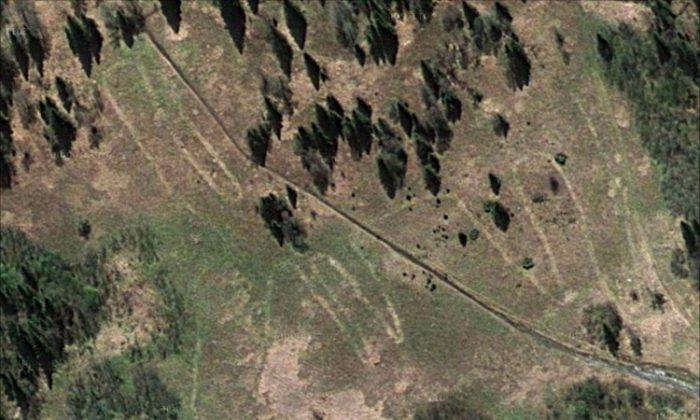
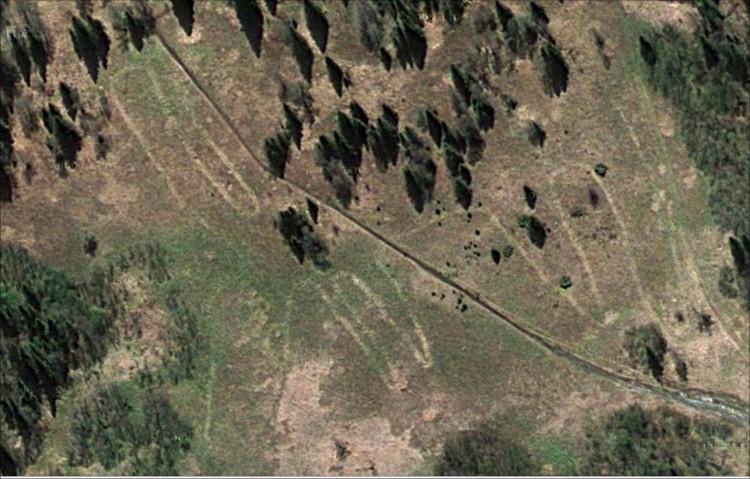
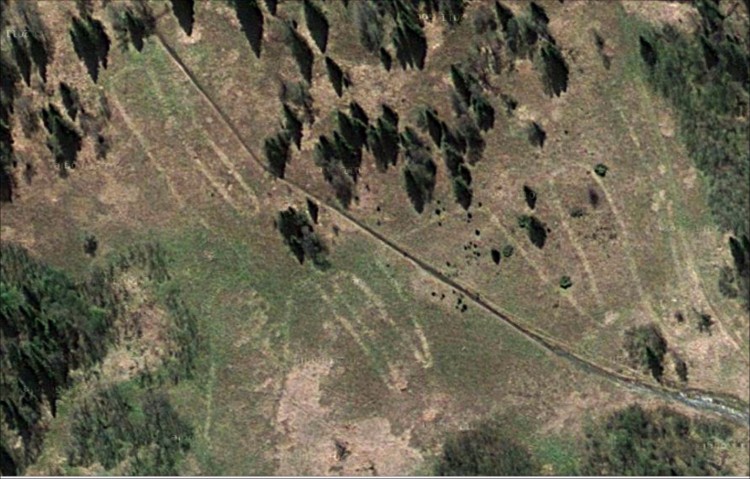
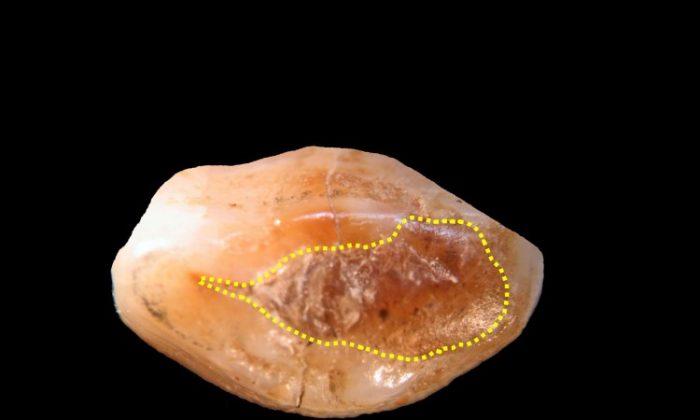

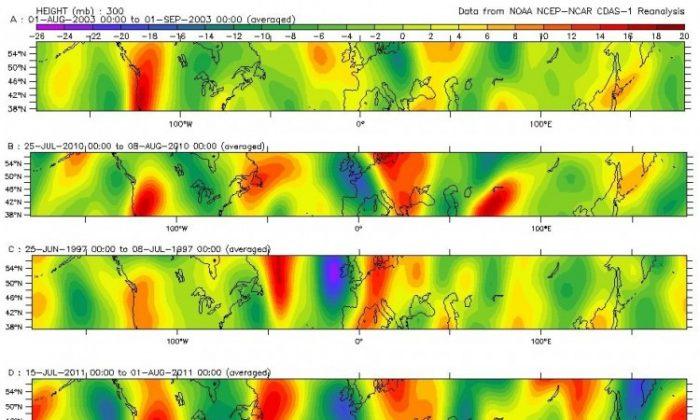
Friends Read Free